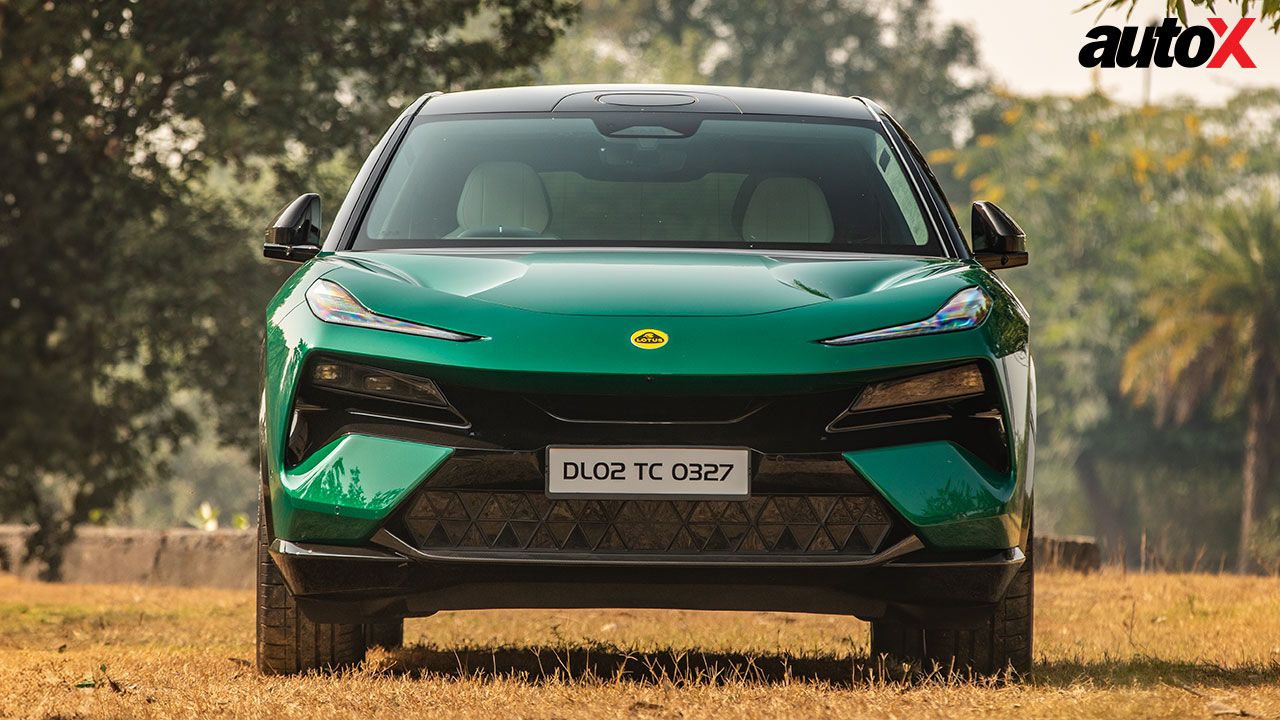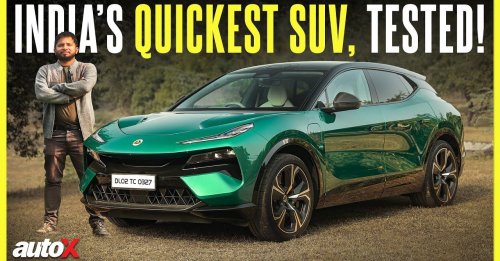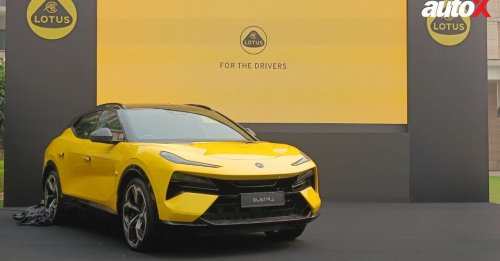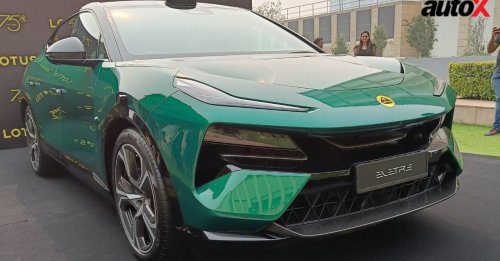
'Simplify, then add lightness,’ was his philosophy. This ethos was manically implemented, both in his Grand Prix-winning machines, as well as his iconic road cars. He believed that a racecar should practically fall apart once it crosses the finish line. If it didn’t, it was clearly overbuilt.
Chapman pushed design and engineering to its very limit. Every bolt was examined, drilled, shaved, and optimized for lightness. As a result, his F1 cars were the quickest, but they were also the deadliest – the driver, after all, was the crumple zone. And don’t forget, this was a time when Formula 1 was notorious for being perilous.
When Chapman died in ‘82, the glory years of Lotus were behind him. But, while the company struggled for stability, it never strayed far from its roots. Present day Lotus has access to deeper pockets than ever before, as it’s owned by Chinese automotive giant Geely – which also owns Volvo Cars – but the car you see on the cover of this issue is unlike anything that’s come before from this British brand.
The Eletre is an ultra-high-performance electric SUV that produces in excess of 900 horses and sprints to 100km/h in under 3 seconds. But it also weighs upwards of three tons – four times more than the Lotus Elise that I drove at the Silverstone Grand Prix circuit over two decades ago. But this is not to take away from the fact that Lotus still makes some very evocative and ‘lightweight’ sports cars. The Emira is not only one of the most desirable new cars on sale today (albeit not in India), but also one of the last few sports cars that can still be had with a manual transmission.
So, clearly, what Lotus is doing is using its access to prodigious reserves of Renminbi and the latest EV tech from China to ensure that it becomes much more than just a niche sport car maker and emerges as a force to reckon with amongst the likes of Porsche, Lamborghini, and the like. So, no matter what you think of the Eletre, what’s at play here is a clever strategy that’s worked for the aforementioned brands – both of whom have used SUVs to dramatically expand their footprint and are now hoping that EVs will help do the same once again.
Also Read: High voltage EVs are Coming Thick & Fast...
This is also another reminder, not that one was needed, that the Chinese auto industry has stolen a march when it comes to EV development. If any other proof was needed, you need only look at the fact that BYD has overtaken Tesla as the number one electric car brand in the world. In fact, BYDs proprietary blade batteries are already powering some Tesla models.
So, this brand-new Lotus is not just emblematic of the resurrection of another storied marque from the past, but also of the Chinese automotive industry cementing its position as a world leader and market mover going forward.























Write your Comment